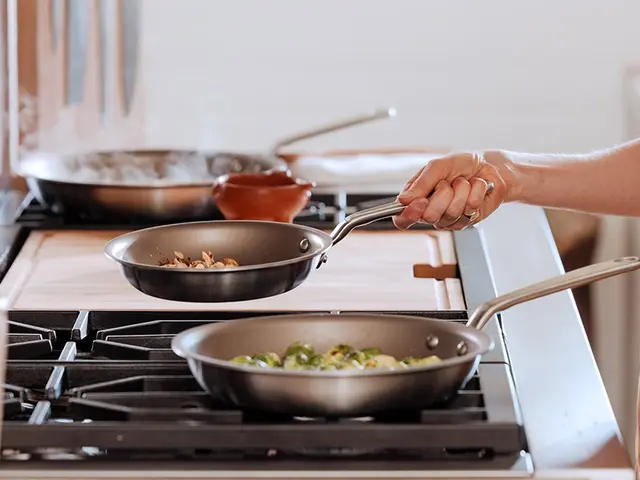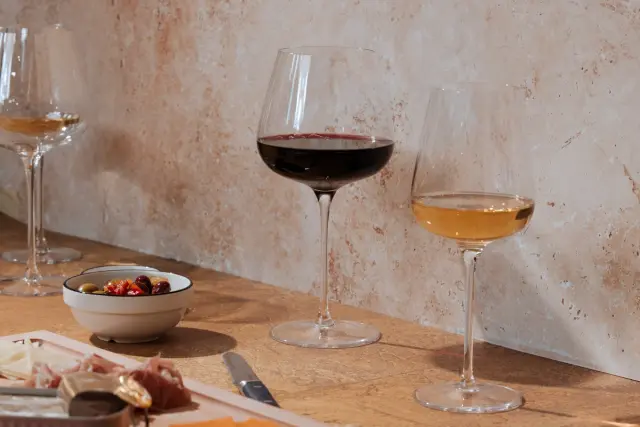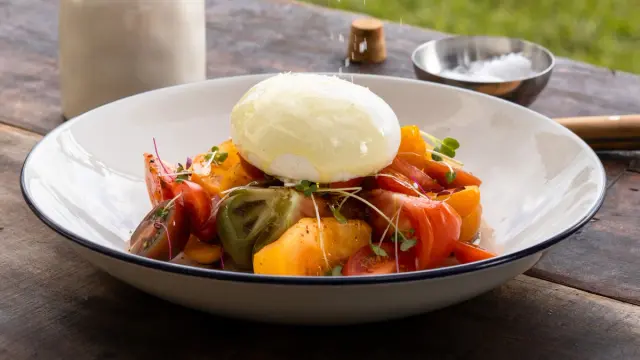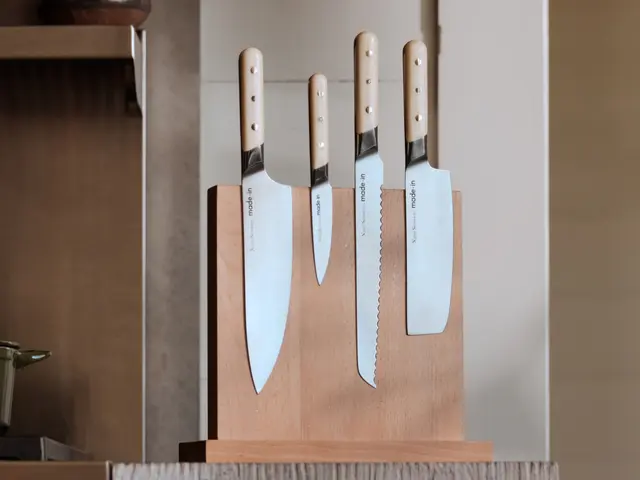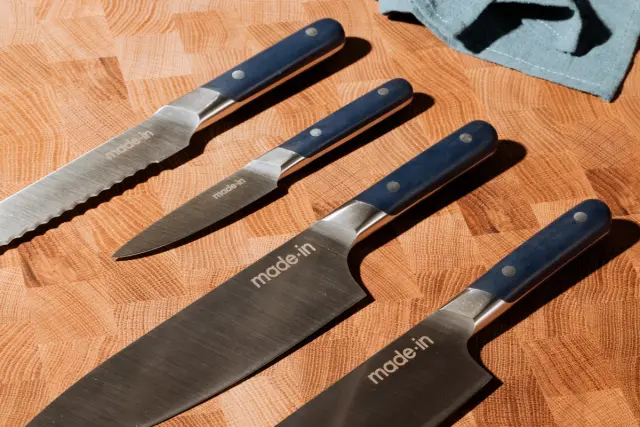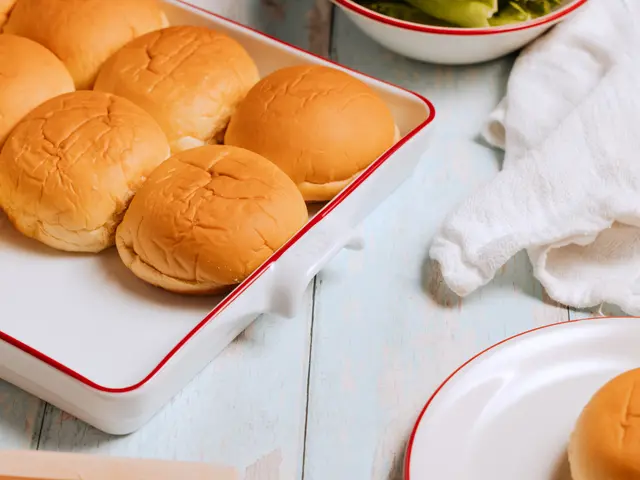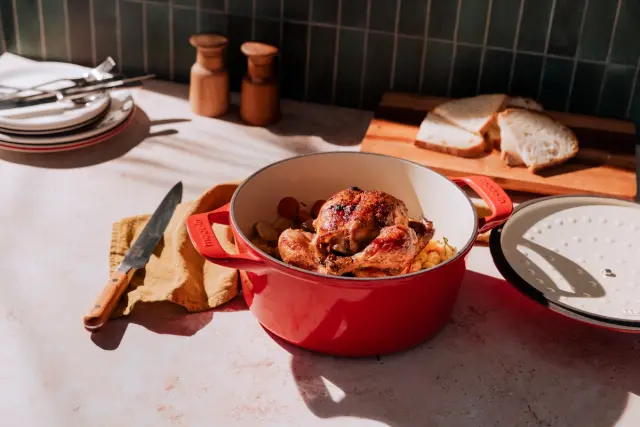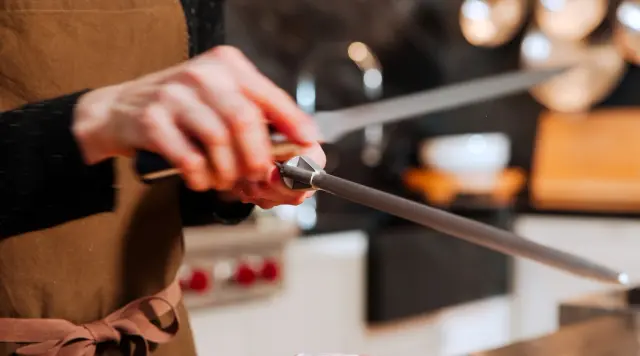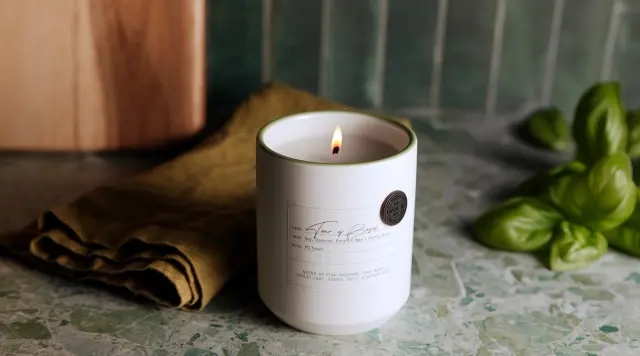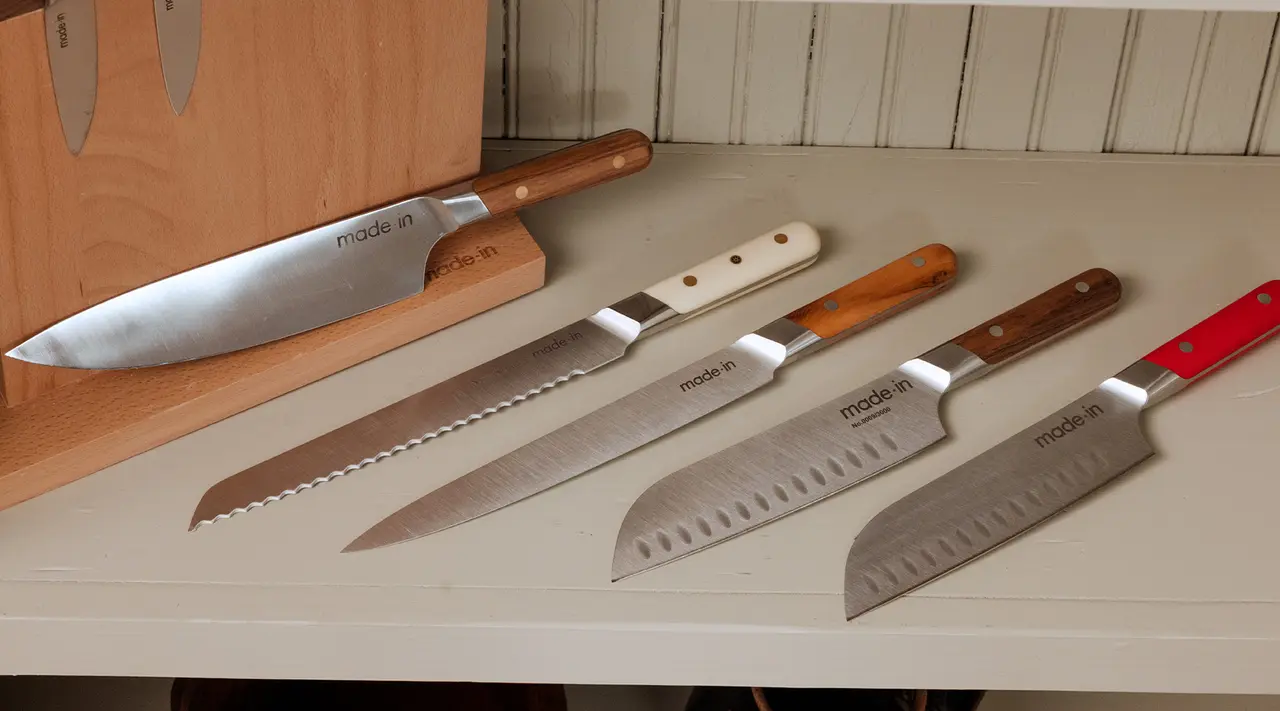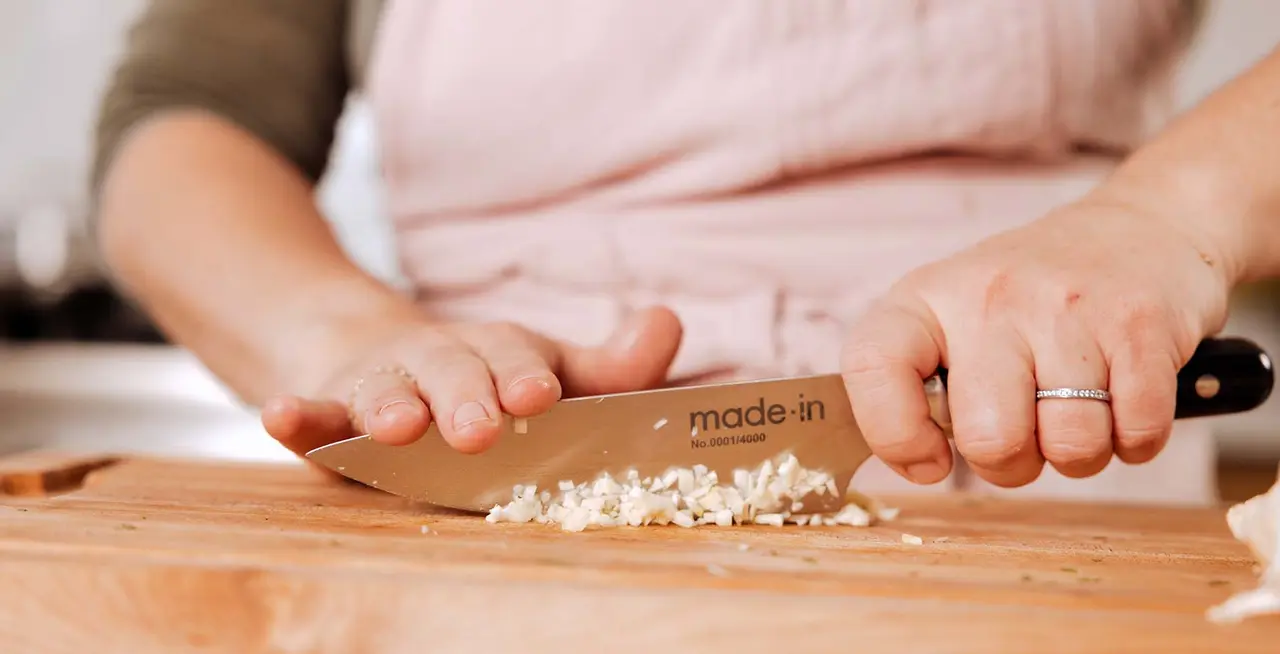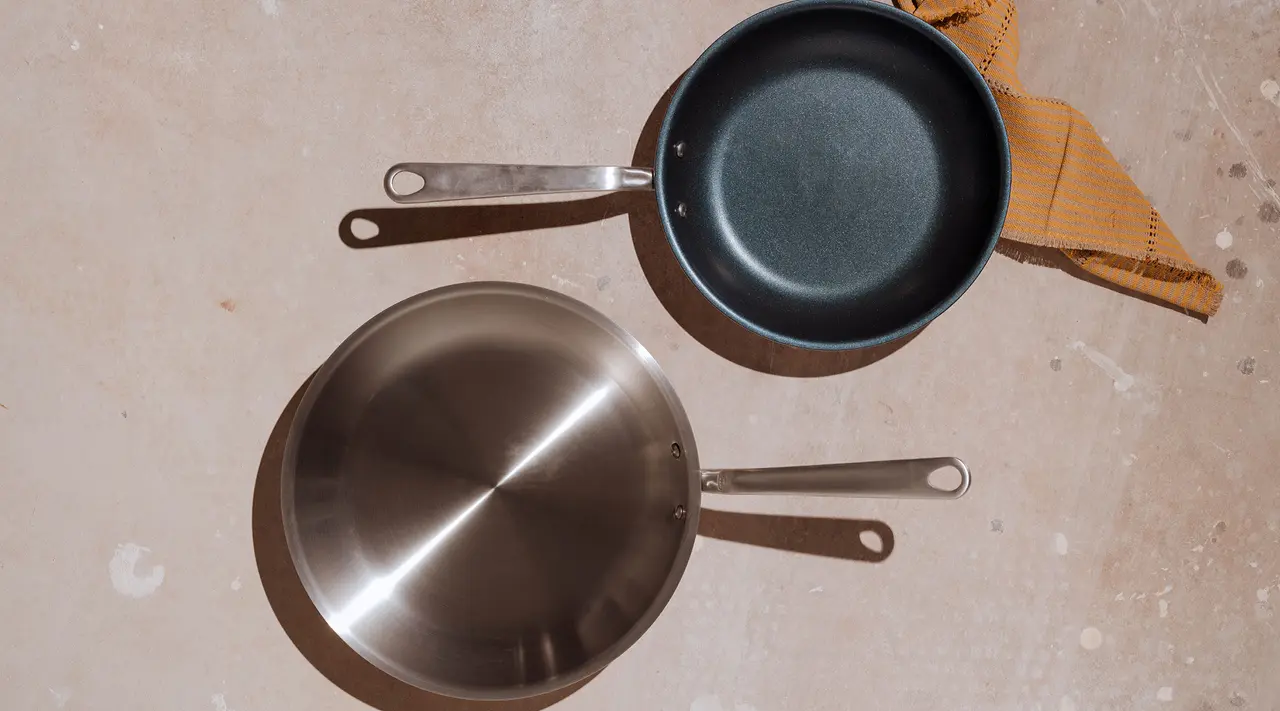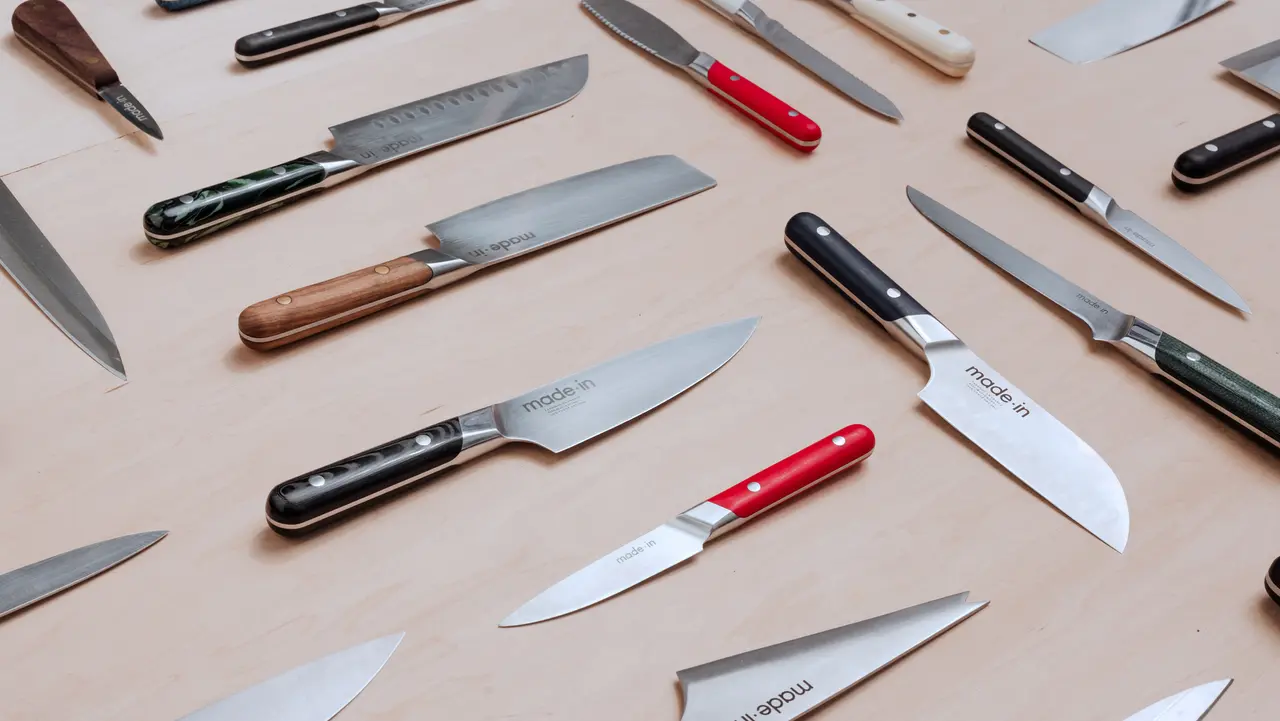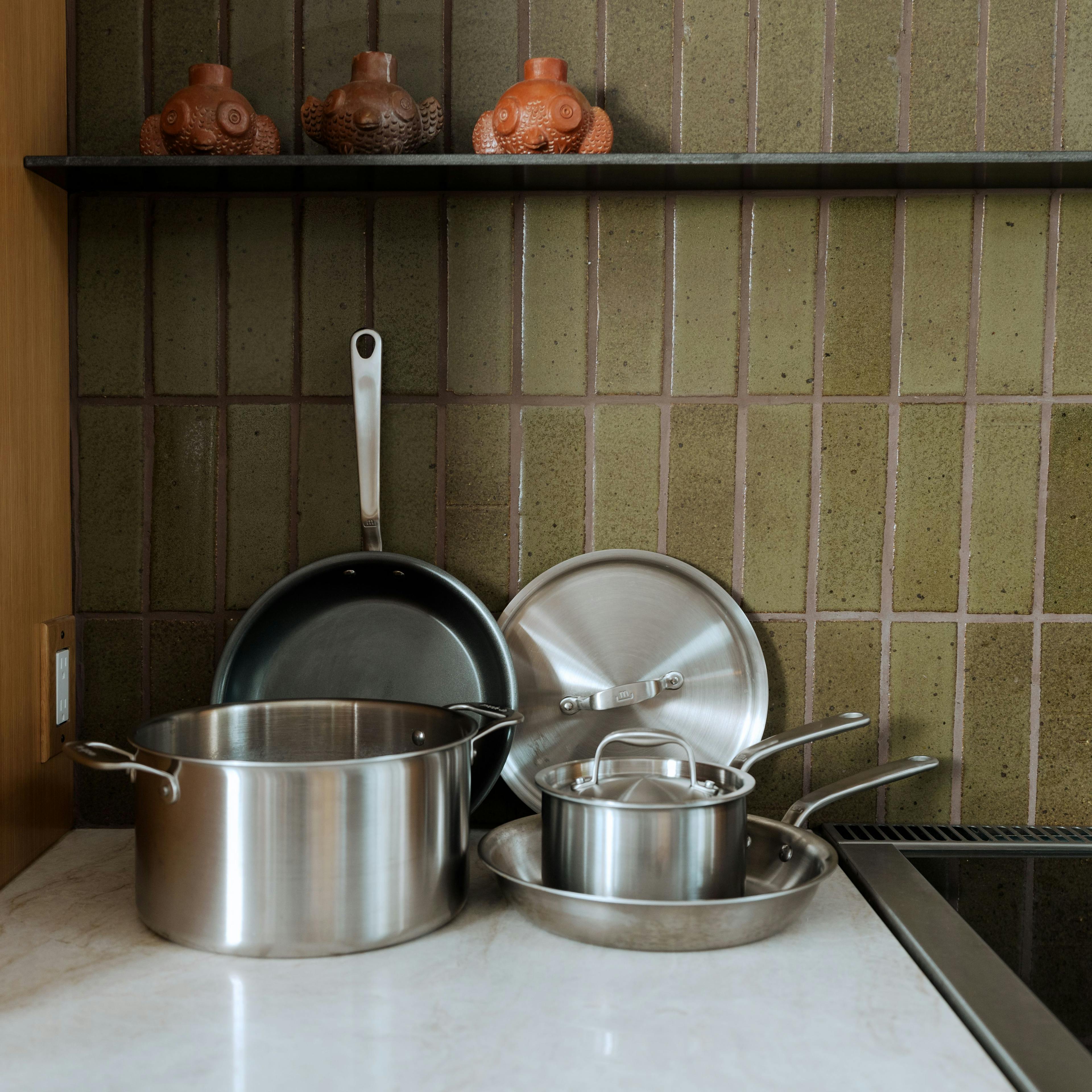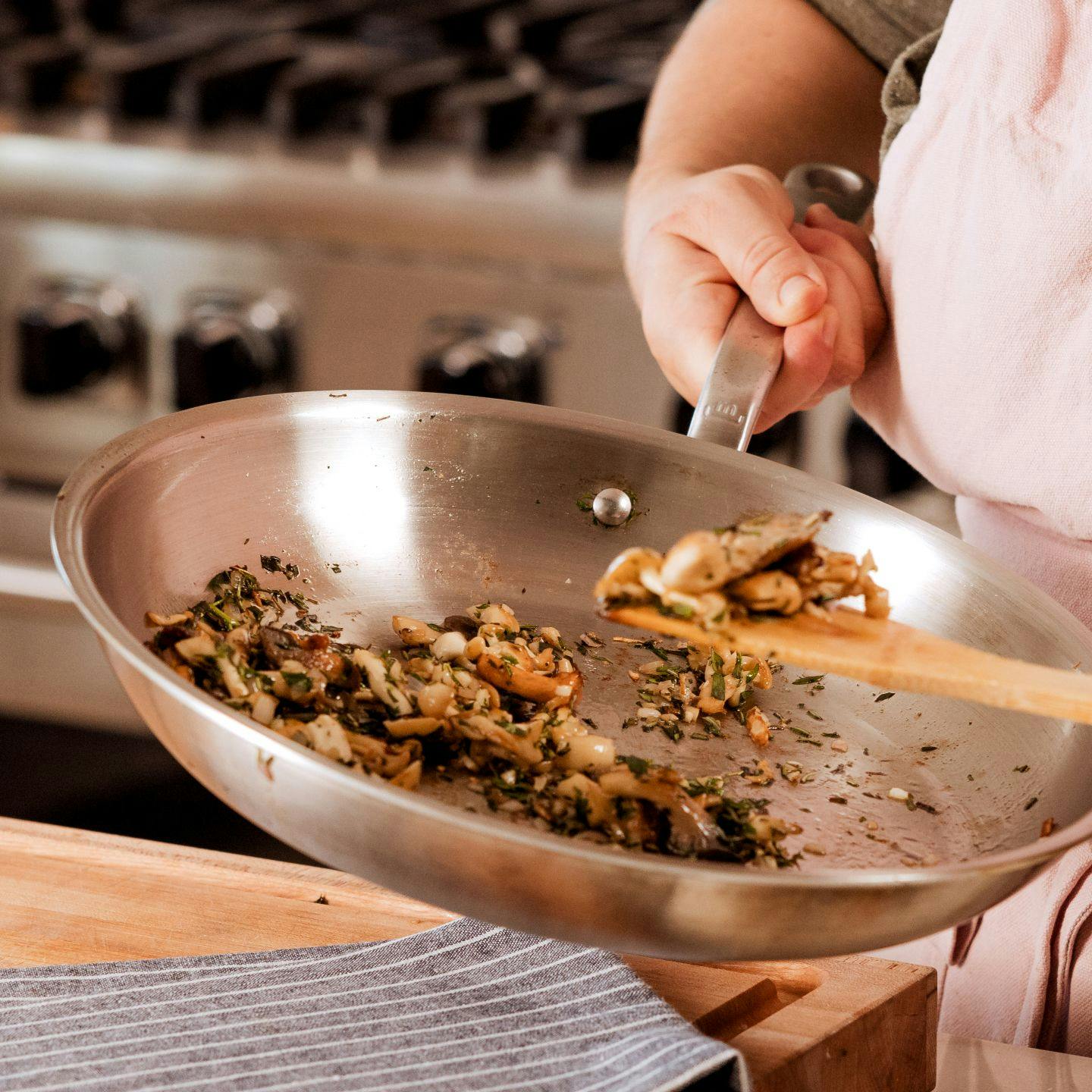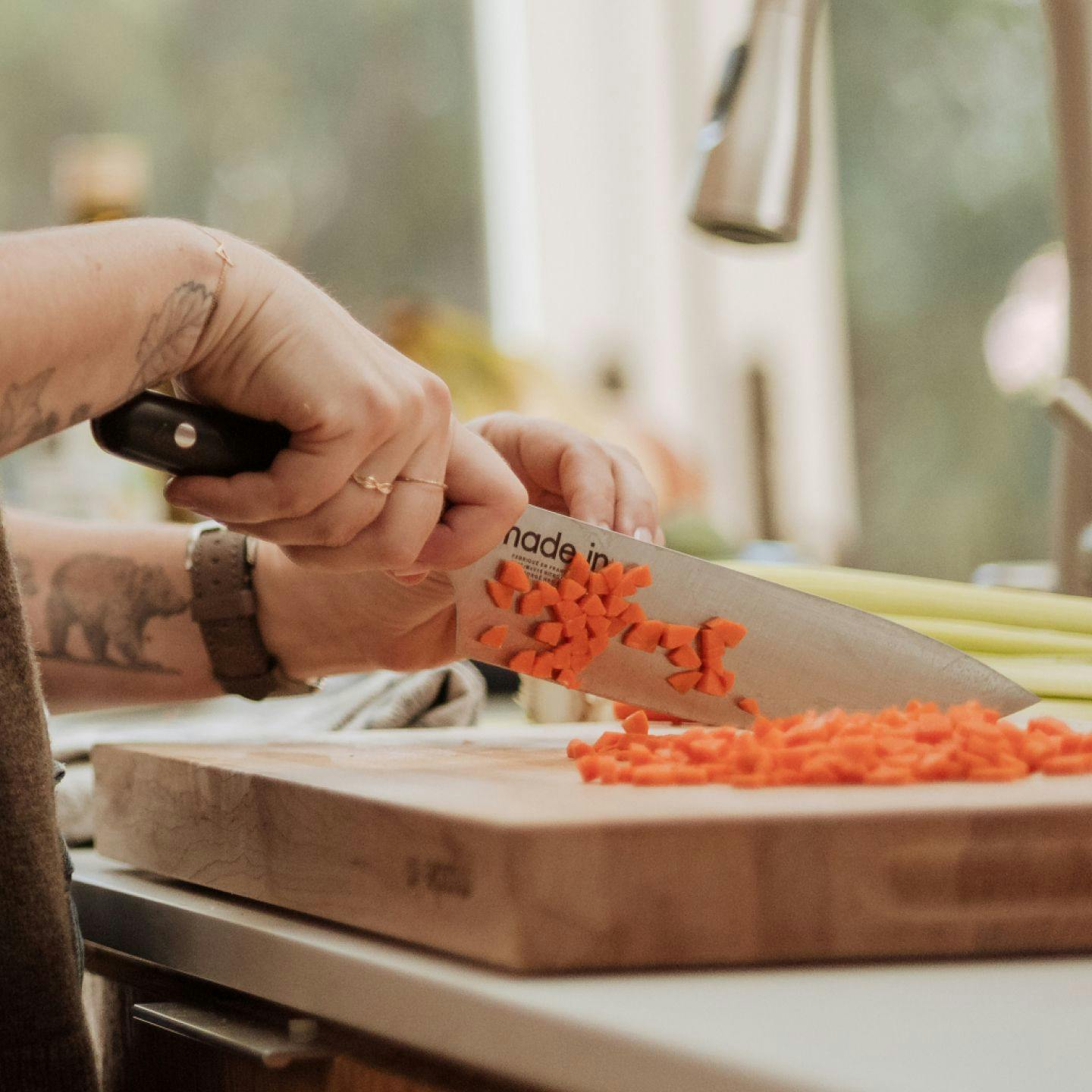It’s impossible to talk about the ongoing cookware safety debate—specifically targeted toward non stick cookware—without mentioning PFOA. This chemical compound was long used in the production of coated non stick cookware, and even though it’s been banned in cookware manufacturing in the U.S. since 2014, it remains a potent threat to human and environmental health.
Fortunately, it’s relatively easy to avoid PFOA in your pots and pans these days—as long as you do your homework first. Here, we’ll talk all about PFOA: what it is, why you should avoid it, and how to make sure you’re buying cookware that’s free from it.
What Is PFOA, Anyway?
PFOA, which stands for perfluorooctanoic acid, is one of thousands of chemical compounds within the group known as PFAS, or per- and polyfluoroalkyl substances (which also includes PTFE). PFOA is associated with a number of serious health risks, which is why it’s been banned by countries like the U.S. in cookware manufacturing.
Why Does It Matter for Cookware?
PFOA—along with many other PFASs—is highly resistant to water and grease, which is why it was once used to make everything from food packaging to rain gear to, yes, non stick cookware. The main problem with PFOA is that it’s been linked to a higher risk of health issues like liver and kidney cancer, thyroid disorders, high cholesterol, and more. A 2007 study conducted by the U.S. Centers for Disease Control and Prevention estimated that around 98% of human blood contained traces of PFOA.
PFOA is also detrimental to the environment. Along with other PFAS, PFOA is called a “forever” chemical due to the fact that it virtually never breaks down, and is highly bioaccumulative, meaning it can build up in the bodies of humans and other organisms. Traces of PFOA have been found in freshwater fish across the U.S., as well as in a variety of other land and water animals.
Types of PFOA-Free Cookware
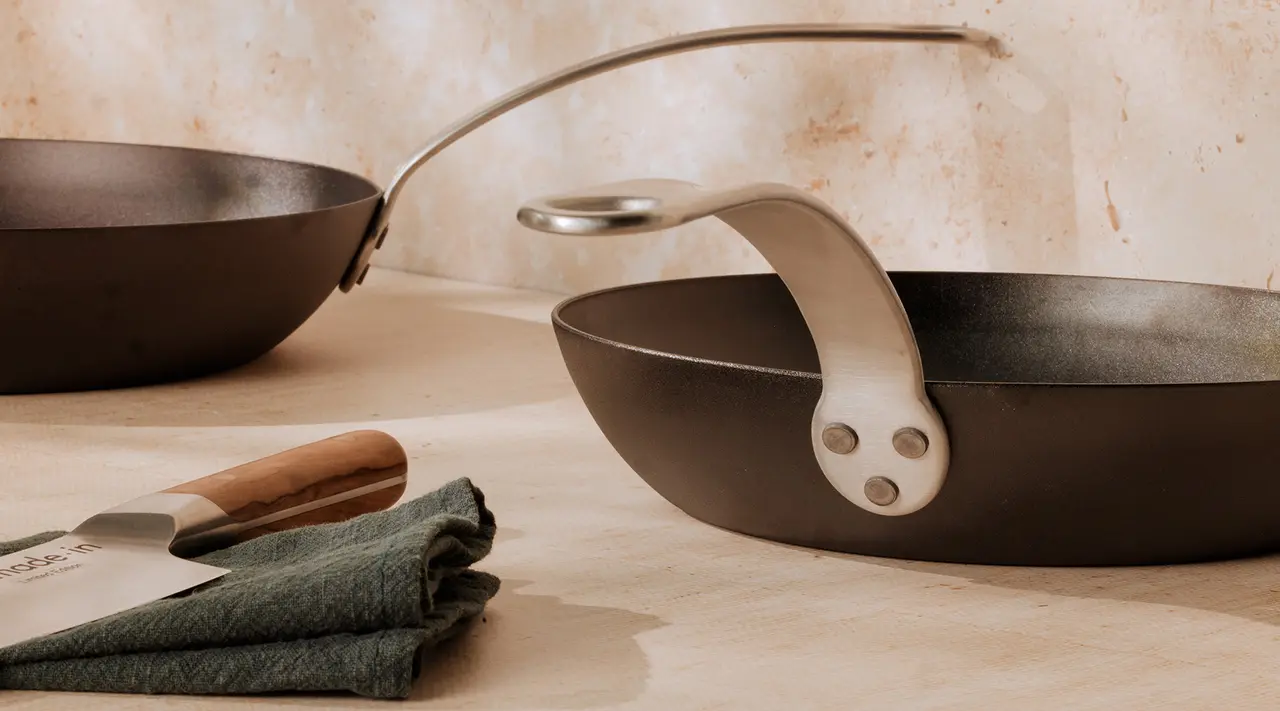
If you’re on the lookout for new cookware you want to be 100% certain about, here are a few of our favorite cookware options that are free from PFOAs.
Carbon Steel
Carbon steel mimics all our favorite parts of non stick cookware as a high-heat, coating-free alternative. Seasoning helps to achieve a naturally non stick surface that, when built up enough, can handle even the most stick-prone ingredients.
Ceramic
Ceramic cookware is a relatively recent innovation in the cookware world, and it is—and always has been—completely free of PFOA and all other PFAS, hence why it’s becoming a fast favorite alternative to traditional non stick.
Stainless Steel
While stainless steel isn't non stick in the same way that ceramic or coated cookware is, but it’s a fantastic cookware material nonetheless: durable and incredibly responsive, stainless steel (particularly our Stainless Clad) is one of the best materials for high-heat searing.
Copper
Copper is a beautiful, incredibly responsive material that—as long as it’s lined with a non-reactive material like aluminum or stainless steel—is both safe and free of PFOA and other PFAS. We love it for jams, caramels, and delicate items like fish.
Cast Iron
If you don’t want to go for ceramic, you can always opt for cast iron. Both unfinished and enameled cast iron are great alternatives to traditional non stick pans, offering a smooth, naturally non stick surface that can handle any ingredient (including eggs).
How to Identify Cookware Free From PFOAs
You can feel confident purchasing cookware that has always been free from PFOAs, like ceramic, cast iron, and stainless steel. If you need some added reassurance, you can always check out the packaging or manufacturer website to find out if a certain cookware item is free from PFOA and other PFAs.
A number of brands are beginning to be upfront and label their products as free from chemicals like PFOA and PTFE on packaging or their website. If all else fails, reach out to the company in question for reassurance that what you’re purchasing is something you feel safe about.
Ready to Shop?
Your cookware should never be a source of worry—and that’s why we want you to stay as informed as possible when it comes to your purchasing decisions. Fortunately, you don’t need to be a chemist to find a safe option free from chemicals like PFOA, and you certainly don’t have to sacrifice safety for a delicious meal.
